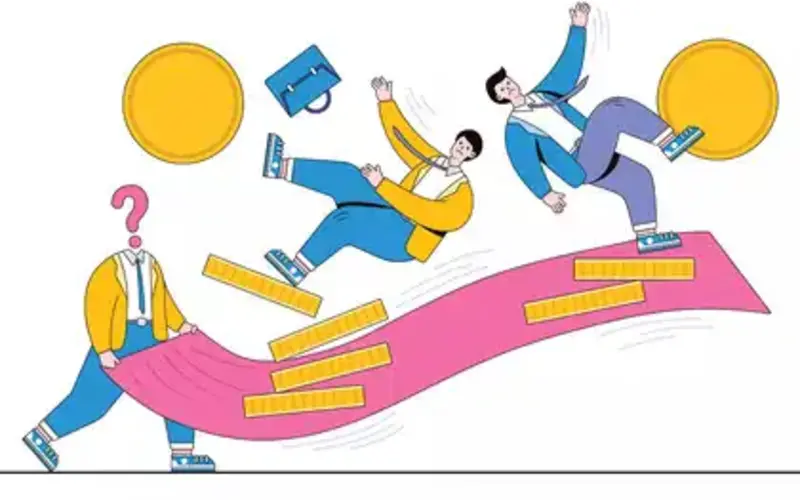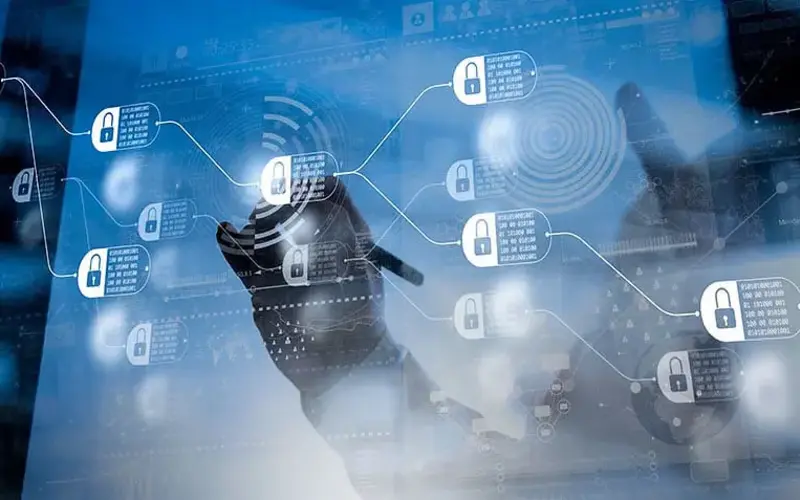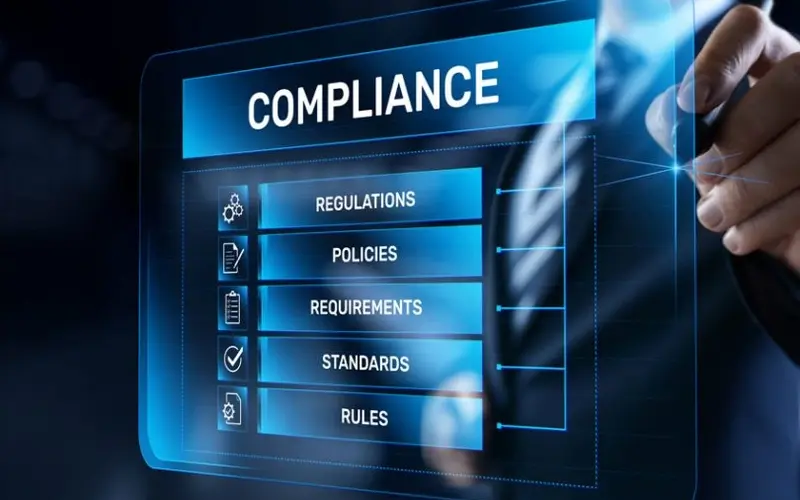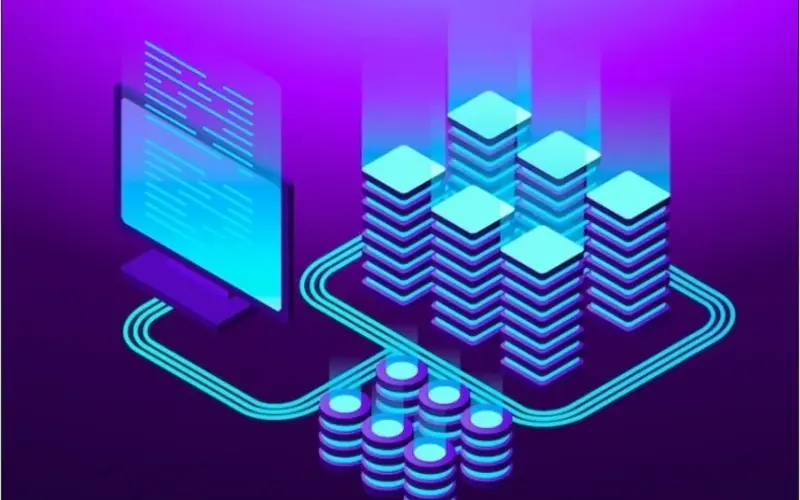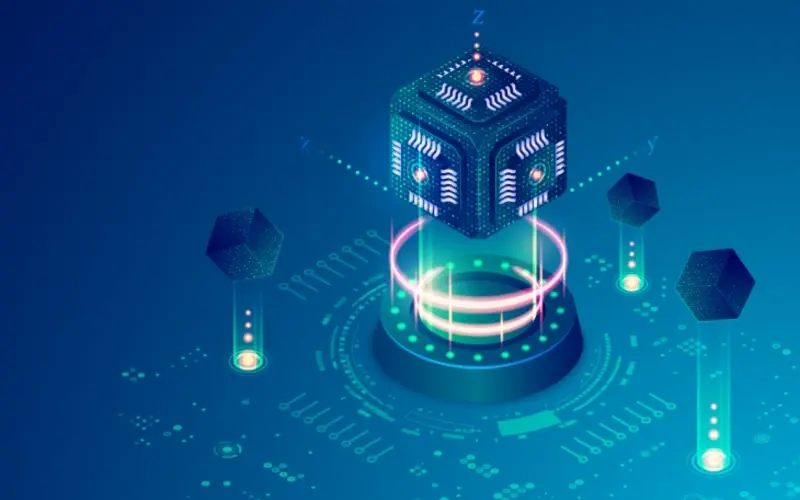Blockchain forensics is the specialized field of analyzing and investigating transactions on a blockchain to identify, trace, and prevent illicit activities. While a blockchain is often described as anonymous, it is more accurately described as pseudonymous. Every transaction is permanently and publicly recorded on an immutable ledger, creating a digital […]
Month: September 2025
Front-running is a type of attack where a malicious actor takes advantage of the transparent nature of public blockchains to gain an unfair advantage in a transaction. This practice, while known in traditional financial markets, is particularly prevalent and even systemic in blockchain due to the public and visible nature […]
A rug pull is a malicious maneuver in which developers of a cryptocurrency project suddenly abandon it and run off with the investor funds. The name comes from the idea of “pulling the rug out from under” investors, leaving them with worthless tokens. This scam is especially common in decentralized […]
The inherent security of blockchain technology—its cryptography and consensus mechanisms—is incredibly robust. However, this technical strength often creates a false sense of security for users, as the most common and damaging security breaches are not protocol-level hacks but rather exploits of the human element. User error and social engineering are […]
Regulatory compliance is one of the most significant hurdles for mainstream blockchain adoption, particularly in the areas of anti-money laundering (AML) and know your customer (KYC). While the technology’s decentralized and pseudonymous nature has made it attractive to bad actors, regulators worldwide are pushing for greater transparency and accountability, putting […]
Decentralized Autonomous Organizations (DAOs) are a core pillar of the Web3 vision, offering a new model for collective decision-making and resource management without a central authority. However, in practice, DAOs face a number of significant governance challenges that can hinder their effectiveness, security, and true decentralization. 1. The Problem of […]
The “oracle problem” is a fundamental challenge in the blockchain ecosystem that prevents smart contracts from interacting with the real world. A blockchain is, by design, an isolated, deterministic, and self-contained system. This isolation is what makes it secure and reliable. However, it also means that a smart contract cannot […]
The lack of interoperability, or the inability for different blockchains to communicate with each other, is a major barrier to the growth of a unified and interconnected Web3 ecosystem. Each blockchain operates as a “digital island” with its own unique architecture, consensus rules, and programming language. This siloed nature prevents […]
Data privacy on public blockchains is a complex and evolving issue. While the use of pseudonymous addresses offers a layer of anonymity, the public and immutable nature of the ledger means that every transaction is permanently recorded and visible to all. With the help of on-chain analytics, a user’s wallet […]
The threat of quantum computing to blockchain technology is a significant and a well-known risk within the cybersecurity and cryptography communities. While a functional, large-scale quantum computer capable of breaking current encryption is likely still a number of years away, the time to prepare is now. The Nature of the […]


